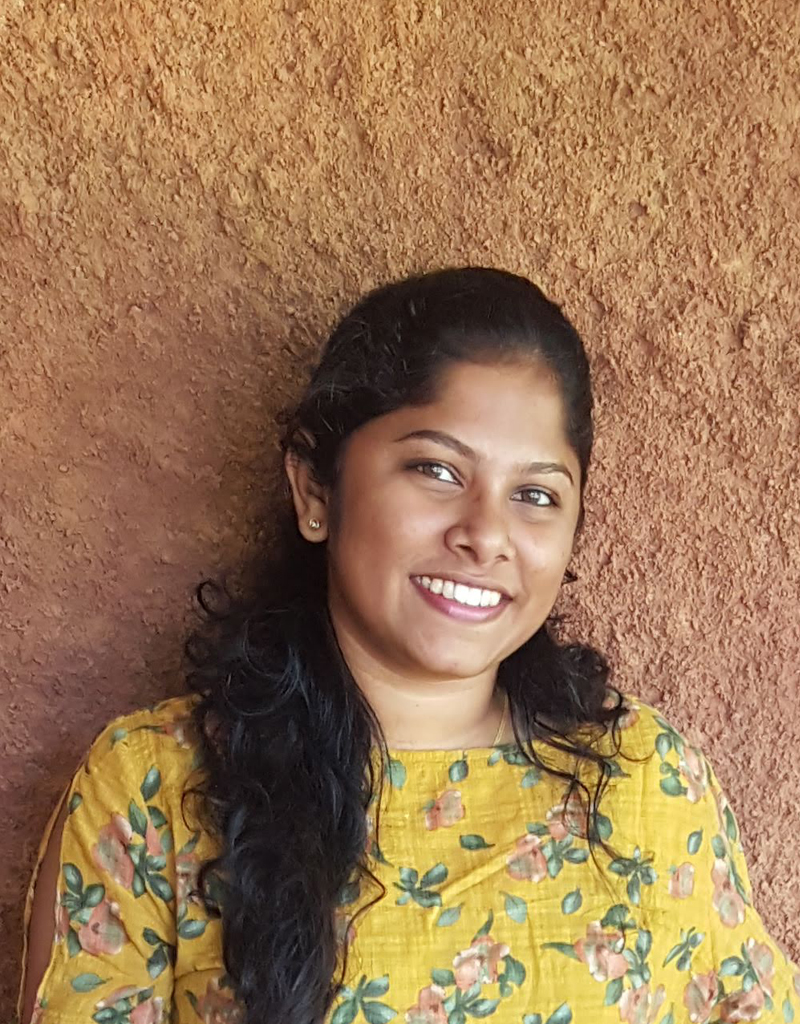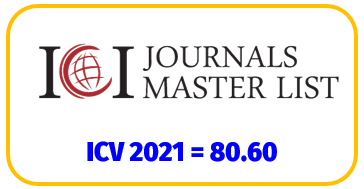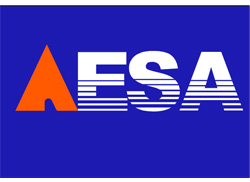CHALLENGES OF 10M AIR GUN SHOOTING AMONG ELITE JUNIOR LEVEL ATHLETES IN SRI LANKA: CURRENT PRIORITIES AND FUTURE INTERVENTIONS.
AESA Conference 2021- Special Issue
DOI:
https://doi.org/10.30472/aesj.v5i2.234Keywords:
10m Air gun Shooting, Elite junior level, Economic, Physical, SociologicalAbstract
The 10m Air Gun Shooting in Sri Lanka has produced a third highest number of Olympians in Sri Lanka. This research study has discovered the challenges of 10m Air Gun Shooting among elite junior level athletes in Sri Lanka respective to the current priorities and future intervention. Two specific objectives for instance to identify the physical, social, and economical challenges for developing 10-meter Air Gun shooting among elite junior level athletes in Sri Lanka and to identify current priorities then suggest future interventions. A Conceptual model of the study was accomplished by the comprehensive literature assessment.
A qualitative research approach was applied for the study. Sixteen International Olympic Committee - Solidarity level coaches and thirteen shooters who had achieved the highest national recognition were selected as the sample by utilizing the purposive sampling method. The semi-structured and in-depth interview method was used as the main data collection method. The interview has consisted of different items with three subsections as economical factors, physical factors and sociological challenges affecting 10m Air Gun Shooting among elite junior level athletes in Sri Lanka. Thematic analysis was used to analyze data and focus on examining themes within data.
Based on the analysis, the economical factor has categorized under three themes: "cost of equipment and facilities, Shooting range, Equipment, limited school facilities and technology, lack of financial assistance and contingency taxes". The physical factor has categorized under the theme of "physical fitness level". Lastly, the sociological factor was categorized under five themes: "parental support, school support, private shooting community, media support, and government support". The results have revealed that the economic and sociological factors have significantly influenced the sport of 10m air shooting in Sri Lanka more than the physical factor. The study has provided important suggestions to be implemented by the government, private and different sector to improve the sport. Finally, the study stated important facts to be implemented by the National Shooting Sport Federation and stakeholders to help tobridge the knowledge gap of the research area.
The 10m Air Gun Shooting in Sri Lanka has produced a third highest number of Olympians in Sri Lanka. This research study has discovered the challenges of 10m Air Gun Shooting among elite junior level athletes in Sri Lanka respective to the current priorities and future intervention. Two specific objectives for instance to identify the physical, social, and economical challenges for developing 10-meter Air Gun shooting among elite junior level athletes in Sri Lanka and to identify current priorities then suggest future interventions. A Conceptual model of the study was accomplished by the comprehensive literature assessment.
A qualitative research approach was applied for the study. Sixteen International Olympic Committee - Solidarity level coaches and thirteen shooters who had achieved the highest national recognition were selected as the sample by utilizing the purposive sampling method. The semi-structured and in-depth interview method was used as the main data collection method. The interview has consisted of different items with three subsections as economical factors, physical factors and sociological challenges affecting 10m Air Gun Shooting among elite junior level athletes in Sri Lanka. Thematic analysis was used to analyze data and focus on examining themes within data.
Based on the analysis, the economical factor has categorized under three themes: "cost of equipment and facilities, Shooting range, Equipment, limited school facilities and technology, lack of financial assistance and contingency taxes". The physical factor has categorized under the theme of "physical fitness level". Lastly, the sociological factor was categorized under five themes: "parental support, school support, private shooting community, media support, and government support". The results have revealed that the economic and sociological factors have significantly influenced the sport of 10m air shooting in Sri Lanka more than the physical factor. The study has provided important suggestions to be implemented by the government, private and different sector to improve the sport. Finally, the study stated important facts to be implemented by the National Shooting Sport Federation and stakeholders to help tobridge the knowledge gap of the research area.
Downloads


















